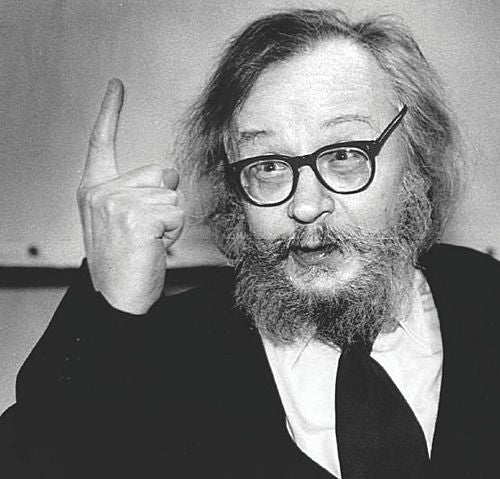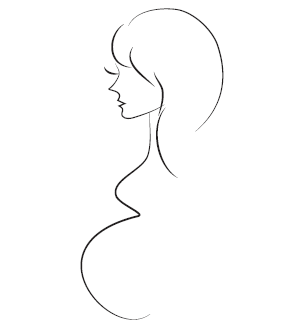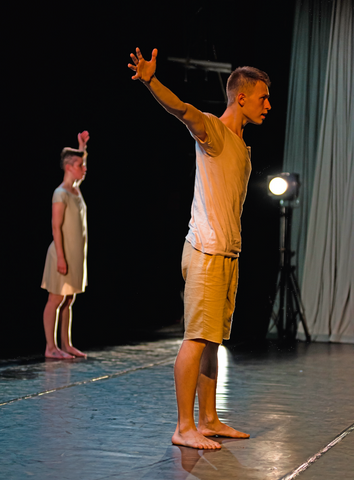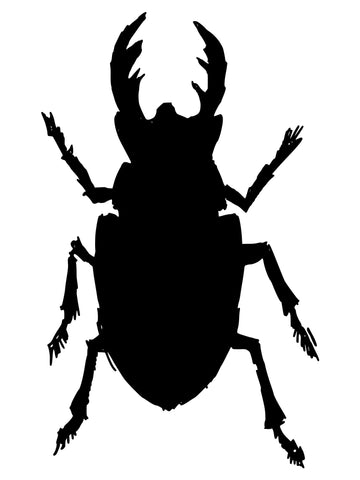
Grotowski
£14.95
Jerzy Grotowski’s Laboratory Theatre is now recognised as a key theatrical movement. His focus on actor training, the establishment of a profound relationship with the audience and the rejection of modern theatrical technology (complicated lighting, sound effects, elaborate costumes and sets) placed the actor at the centre of creation and established Grotowski as a theatrical visionary.
He attempted to make actors and spectators inhabit the same space, ‘within arm’s reach,’ of the performance, calling this chamber theatre. Grotowski developed his style as poor theatre. He called for an embracing of ‘poverty in theatre’ – all ‘rich theatre’ distractions were removed. The actor became the ‘core of creation.’ You don’t need a chair if the actors can create one for you. Don’t use lighting to focus the attention of the audience on an actor’s action – let your body do that. This is a situation many Drama departments already find themselves in!
This scheme of work introduces AS level Drama and Theatre Studies students to Grotowski, focusing on actor training methods and his work from 1959–1969 during the ‘Theatre of Productions’ phase. Grotowski and his Poor Theatre are ideal influences for the Unit 2 DRAM2 unit of AQA AS Drama and Theatre Studies.
Students are required to present an extract from a play in a manner that clearly shows the influence of a theatrical practitioner. Grotowski, with his highly physical, experimental style, is a perfect candidate for this. Grotowski does not need ‘stuff.’ He actively campaigns against it. Poor Theatre is also very effective as a starting point to introduce students to the more general concept of physical theatre.
Learning objectives:
- NN To introduce the concept of a theatrical practitioner
- NN To provide a working definition of Poor Theatre
- NN To put theory into practice.
- NN Introduce actor training and physical techniques
- NN Create a setting using Poor theatre techniques
- NN Work as an ensemble and create a ‘concrete environment’.
- NN Understand the terms ‘Poor Theatre,’ ‘Chamber Theatre’ and ‘Engulfing.’
- NN Consideration of audience position
- NN Development of physical skills and archetypal acting
- NN Using text
- NN Engulfing the spectators.
- NN Building up confidence with using Poor Theatre techniques
- NN Blocking and working as a team
- NN Line learning
- NN Advanced rehearsal planning
Number of Lessons: 9




